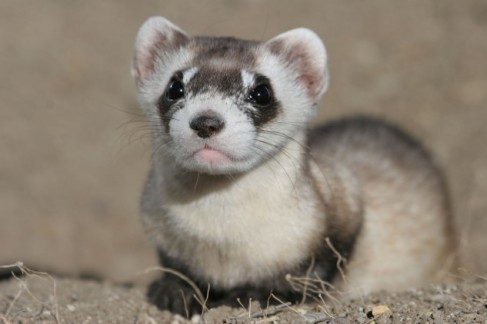Story time, everybody!
So, right now I’m on a field research team working on the prairies of Colorado. Also right now, the temperature out where the deer and antelope play is stuck in the nineties. Needless to say, I bring a lot of water to work. But since I do not want my water to warm up too quickly and start tasting like old bath water, I freeze it overnight. This is very nice, but I can’t drink completely frozen water. Solid ice is just about useless when you’re thirsty. It needs to melt. Luckily, water (and everything else) has free energy. Free energy (represented by G) is a component of the total energy of a system that can do work at constant pressure. The system is the object or react in question and by work I don’t mean that free energy has a desk job or something. In physics, work is the displacement of an object by a given force. Push a book across your table/desk/park bench with wifi and you can say that you are doing work on that book. This also means you are transferring energy to the book, causing it to move. It’s like witchcraft. Minus the hoods and black goats.
ANYWAY, if free energy changes, the system/my water bottle is undergoing some kind of reaction. If the change in energy is negative, that is, energy is exiting the system, then we say that the reaction is exergonic. Such reactions are also called spontaneous because they produce product under a given set of conditions and without any work until a reaction reaches equilibrium. However, when the change in energy is positive, energy is entering the system and we say that the reaction is endergonic. It is also non-spontaneous because the reaction won’t proceed toward product production without work being done. So where is my water bottle in all this? It is sitting in the hot Ford Explorer, and given those conditions it doesn’t have to do any work in order to melt. The bum.
Exergonic and endergonic reactions do not necessarily involve things heating up or cooling down. Explosions are a great example of exergonic reactions and they involve (quite a lot of) heat, but protein synthesis is an excellent biological example of an endergonic reaction that does not involve a drastic temperature change.
Now if you’ll excuse me, I’m going to go set up another exergonic reaction in my glass.
Cheers!
Sources
Hoffman, Kurt. “Work and Power.” Physics. Whitman College. Walla Walla, WA. 2011. Lecture.
Sholders, Aaron. “Thermodynamics.” Biochemistry. Colorado State University. Fort Collins, CO. Jan 2013. Lecture.
EDIT: Got my endergonic/exergonics confused with regard to ice melting. Fixed now!



